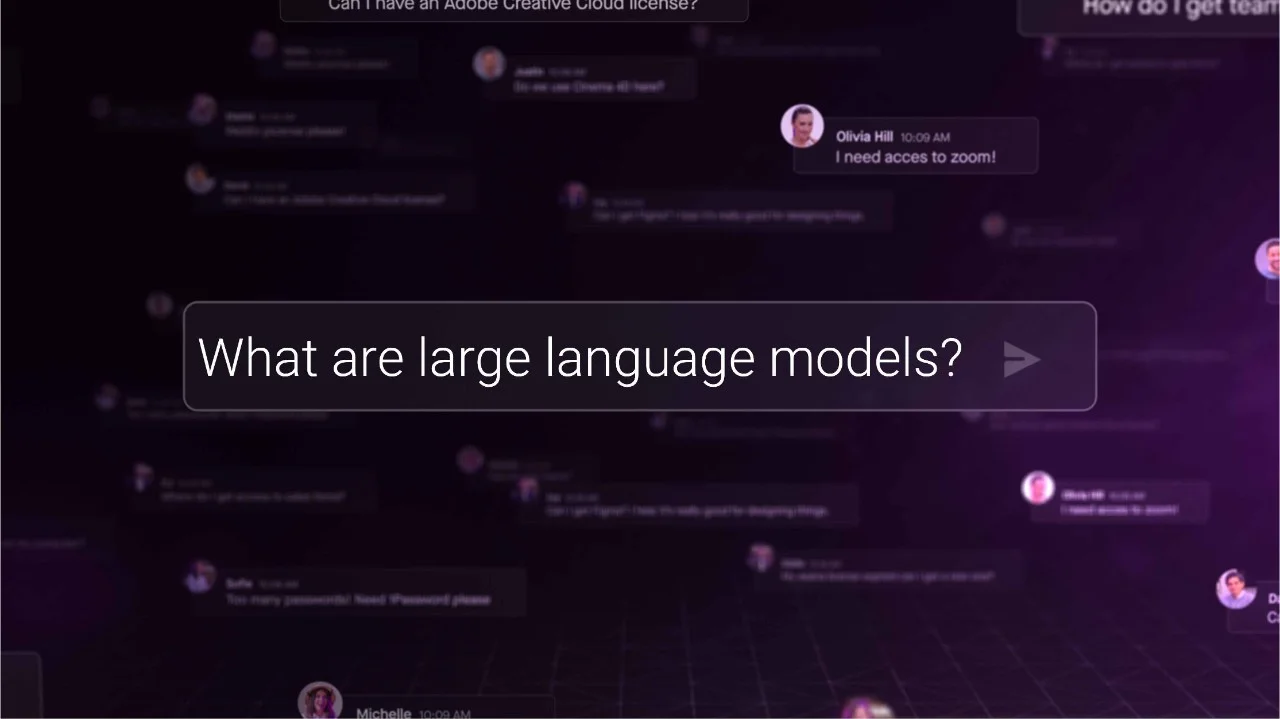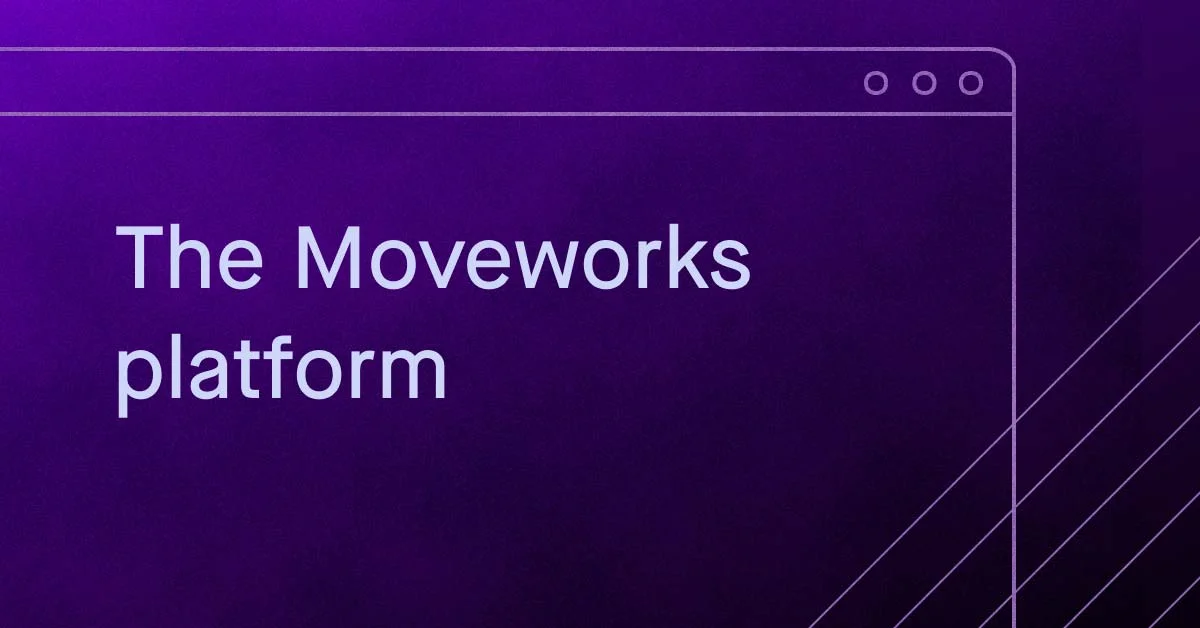- Text 1
How does stacking work?
Stacking is a technique that boosts AI capabilities by combining multiple machine learning models into one system. It works by taking the predictions from each model and feeding them into a final "meta-model" that learns how to best blend and stack their strengths.
For example, one image recognition model might be great at identifying animals but struggle with vehicles. Another model may excel at vehicles but be weak at animals. By stacking them, the meta-model can learn to favor the animal model for animal predictions and the vehicle model for vehicle predictions.
This blending of unique expertise allows the stacked model to achieve better overall performance than any individual model on its own. Stacking compensates for the weaknesses in each model and results in a more robust and accurate final output.
The technique has proven useful in diverse AI applications including computer vision, natural language processing, and fraud detection. The different perspectives from varying models give the stacked AI enhanced decision-making capabilities.
Why is stacking important?
Stacking is an important technique in AI because it allows models to leverage each other's strengths to achieve greater capabilities. By blending diverse expertise, stacking compensates for individual weaknesses and boosts overall performance.
This synergistic approach produces AI systems with more accurate and robust outputs. Stacking pushes AI forward by combining multiple perspectives for enhanced decision-making in crucial applications like computer vision and language processing. Rather than relying on any singular model, stacking harmoniously unites different algorithms, creating solutions that are greater than the sum of their parts. This ability to blend AI strengths is key to unlocking the full potential of AI.
Why stacking matters for companies
Stacking can substantially enhance the effectiveness of AI applications across various domains. By combining multiple machine learning models into a stacked system, companies can leverage the strengths of each individual model while mitigating their weaknesses. This approach results in AI systems that offer more accurate, reliable, and robust performance, which is particularly valuable in real-world, high-stakes scenarios.
In industries such as finance, healthcare, and cybersecurity, where precision and reliability are paramount, stacking can lead to improved fraud detection, disease diagnosis, risk assessment, and more. Additionally, by incorporating diverse perspectives and approaches, stacking can foster innovation and problem-solving, enabling companies to develop cutting-edge solutions and gain a competitive edge. Therefore, understanding and implementing stacking techniques is crucial for companies looking to harness the full potential of AI and deliver superior products and services to their customers.


